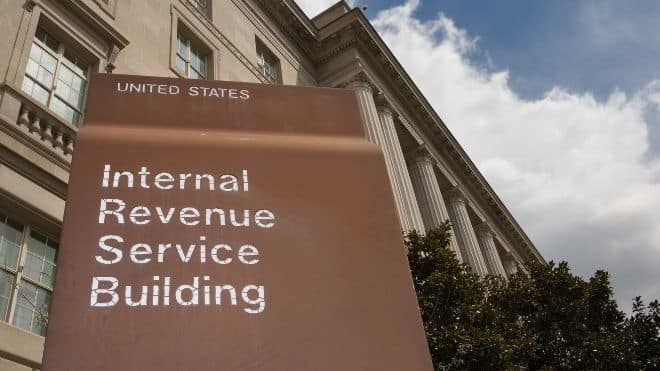In the 2024 tax filing season, Americans are pocketing larger refunds from the Internal Revenue Service (IRS), with the average refund climbing to $3,182, a 5.1% increase over last year’s average of $3,028. Despite the IRS issuing nearly 14% fewer refunds compared to the same period last year—a result of a delayed start to the tax filing season—the amount refunded to taxpayers has seen a significant rise.
The delay was due to the IRS beginning the processing of tax returns a week later than in 2023. However, the IRS assures a strong start to the 2024 Filing Season, attributing the reduction in issued refunds to the shorter processing window. Specifically, by March 1, the IRS had processed returns for 33 days in 2024, compared to 40 days by the same date in 2023.
This increase in average refunds is particularly notable for taxpayers who claimed the Earned Income Tax Credit or Additional Child Tax Credit, with these groups beginning to see their refunds issued after a mandatory waiting period imposed by the Protecting Americans from Tax Hikes (PATH) Act. This act, aimed at reducing fraud, prevents the IRS from issuing refunds for these credits before February 15.
RELATED: IRS overhaul proposed as Biden takes aim at tax cheats, modernizing operations
For those eagerly awaiting their refunds, the IRS provides tools to track the status, including the “Where’s My Refund” online tool and the IRS2Go mobile app. Taxpayers can expect to see their refund status updated within 24 hours of e-filing their current-year return, or four weeks after mailing a paper return.
In addition to the refund updates, the IRS has adjusted income tax brackets for 2024, with thresholds increased by approximately 7% from last year. The standard deduction has also risen, offering single filers and married couples filing jointly more favorable conditions.
As the IRS navigates another tax season, these changes and updates offer taxpayers insights and tools to manage their filings more…
Read the full article here

Leave a Reply